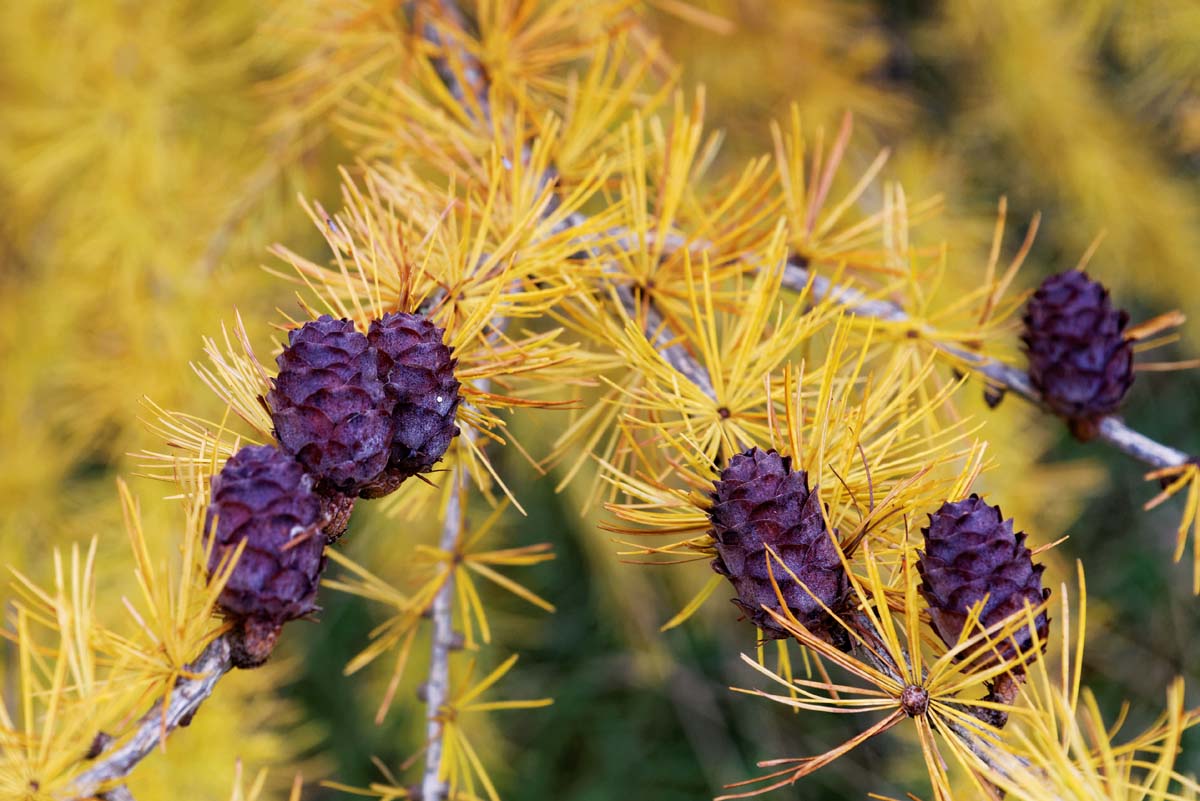Description
Larix – Larch –
There are about 14 species of fast growing, deciduous, monoecious, coniferous trees in this genus. They occur in coniferous forest of cool mountain regions of the Northern Hemisphere. They have attractive young foliage and normally brilliant, yellow to red autumn color. The needle-sdhped leaves are borne in loose spirals on the long shoots, and near whorls on the short shoots. Terminal, erect cylindrical or ovoid to conical, usually purple female cones are borne in spring, and turn woody and brown in the first season, usually persisting on the tree. Male cones are drooping, and spherical to ovoid, and pink or yellow. Larches are useful as specimen trees, and are toelrant of a wide range of conditions.
Grow in any deep, well drained soil in full sun, they resent waterlogged soil.
Prone to caterpillars, saw flies, aphids, needle blight, needle cast, rust larch cankers and larch chermes.
L. x marschlinsii – L. x eurolepis – Dunkeld Larch – Hybrid Larch – This fast growing, conical, coniferous tree is a cross between L. decidua and L. kaempferi grows 100′ feet tall and 20′ feet wide and is more disease resistant then its parents. It produces bloomed, slightly hairy yellow shoots, and linear, gray green leaves, to 1 ½” long. It bears conical female cones, to 1 1/4″ long, have slightly reflexed scales and only a few visible bract scales.
Zones 5-7




